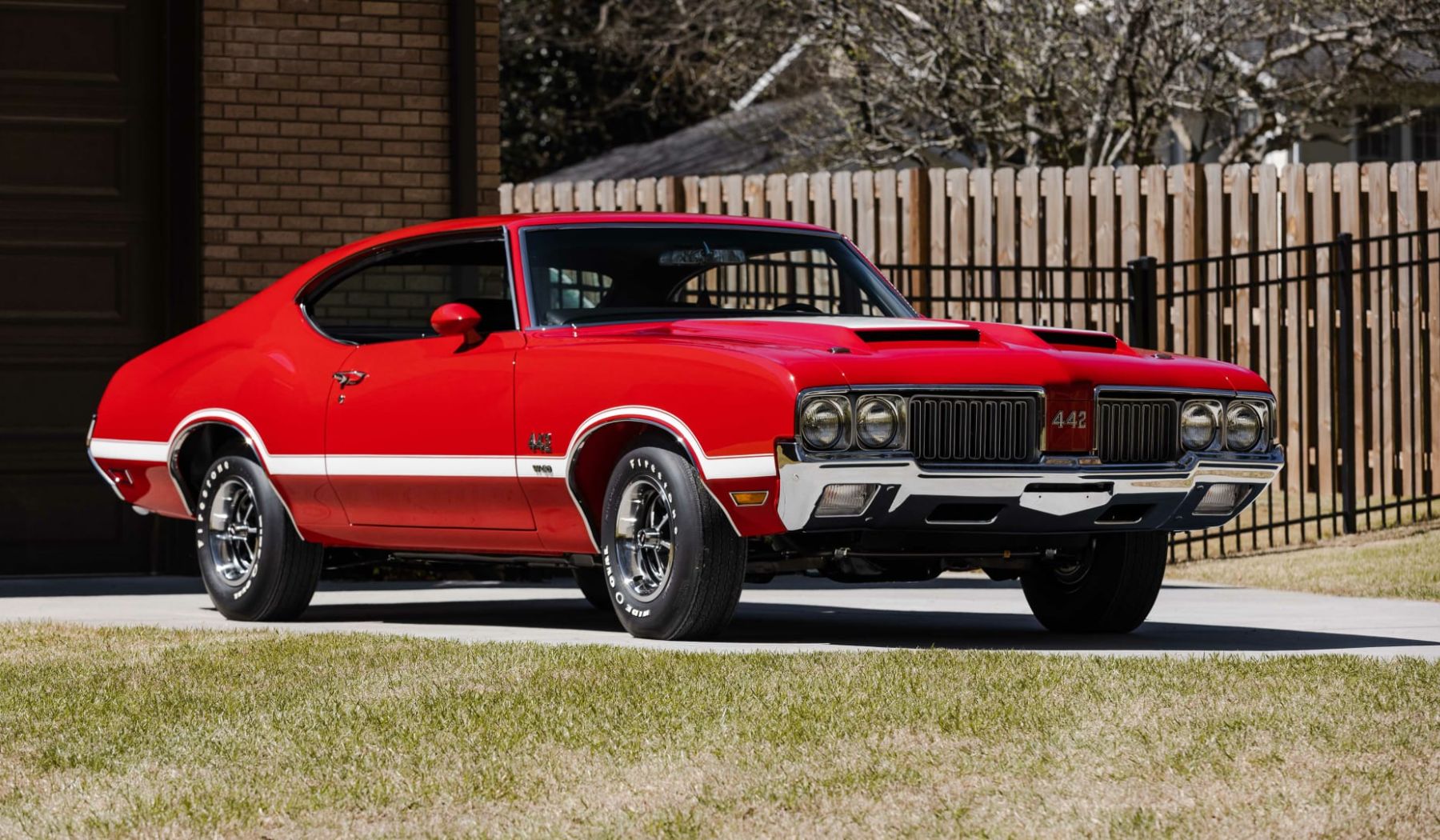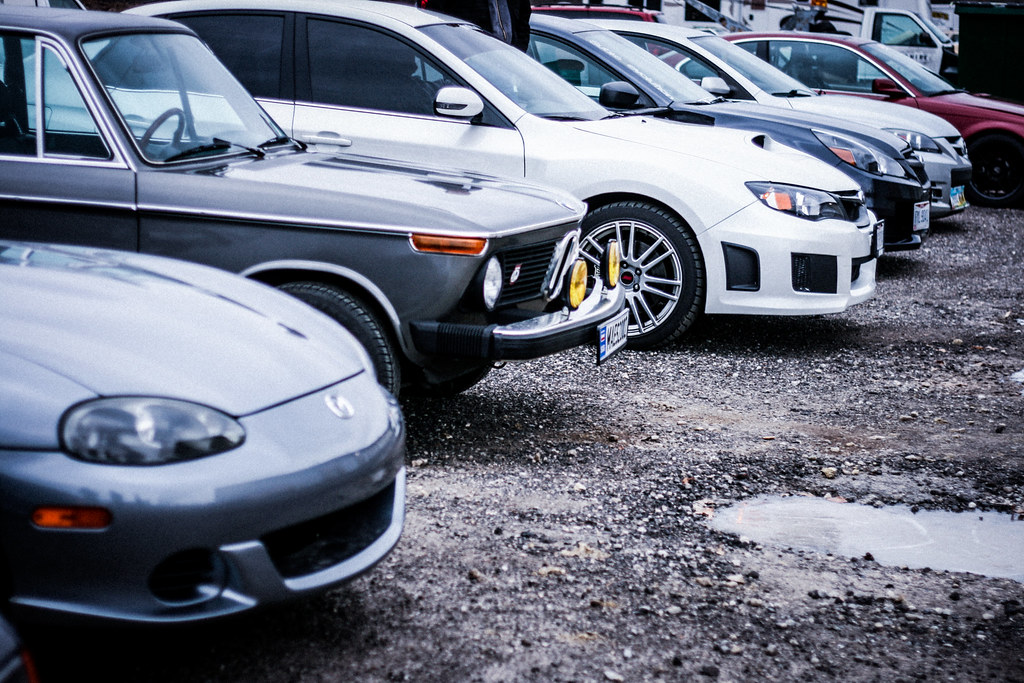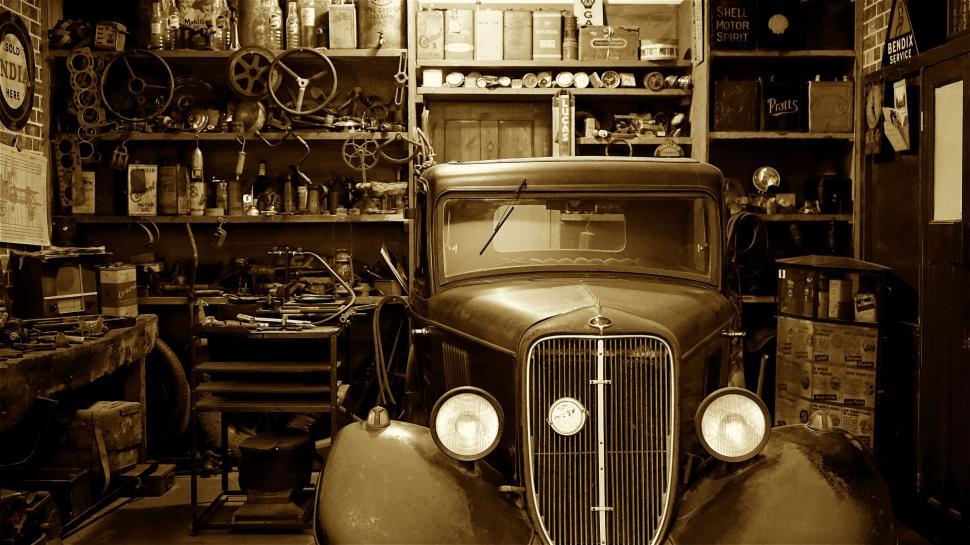
Have you ever wondered what made old cars so mechanically soulful? There’s a certain charm, isn’t there, in recalling a time when cars felt a bit more… tactile? Long before touchscreens dominated dashboards and driver assists became standard fare, vehicles featured ingenious solutions born from necessity, giving them a unique personality that modern equivalents sometimes struggle to replicate.
Indeed, cars have journeyed far and wide through the decades, evolving from simple machines to complex, computer-driven marvels. While we often celebrate classic designs and nostalgic details, it’s worth remembering that not every feature from the past earned a permanent place in our automotive hearts. Some car features simply faded away quietly, and, let’s be honest, most drivers didn’t even bother to wave goodbye.
From awkward safety experiments to pointless gadgets that never quite worked, these forgotten add-ons may have once seemed like the cutting edge of the future. Yet, today, they often evoke a chuckle or a moment of genuine curiosity: what *were* we thinking? Join us as we cruise down memory lane to revisit some truly iconic features that have vanished from our vehicles, leaving behind a trail of fascinating historical footnotes.
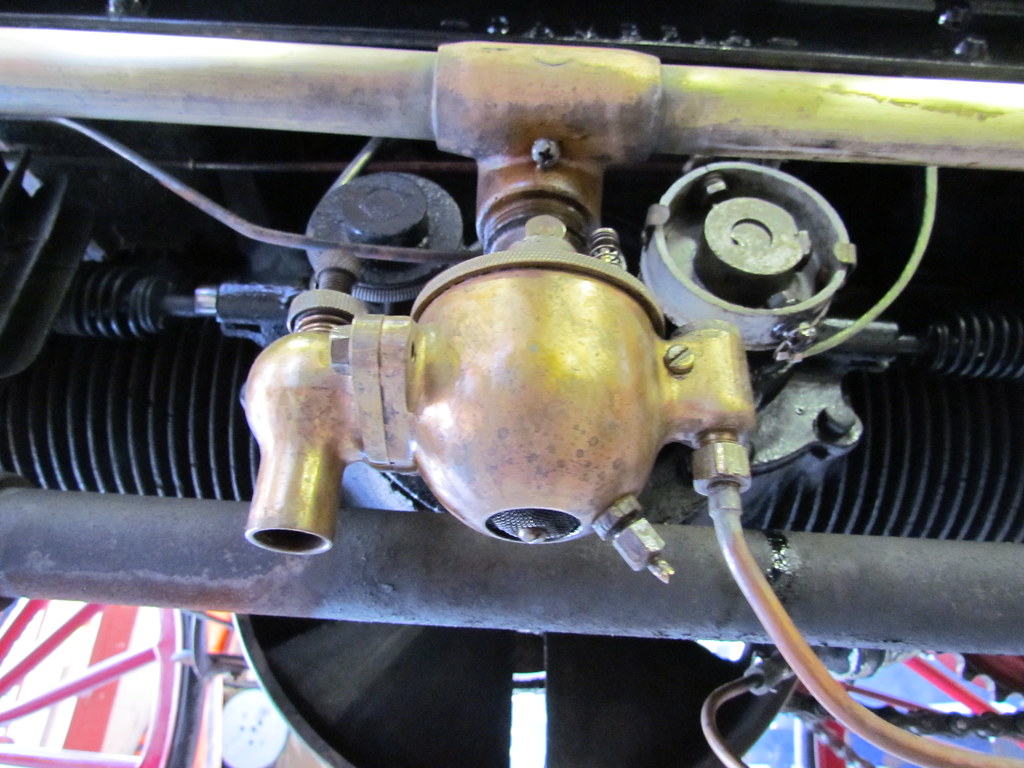
1. **Carburetor Engines**Ah, the carburetor! This mechanical marvel once orchestrated a delicate dance of air and fuel, using nothing but physics and clever design to deliver power to generations of vehicles. For much of the 20th century, these cast aluminum devices, relying on the Venturi effect, drew fuel into the airstream, performing an essential function with an elegance born of pure mechanical ingenuity.
But, as is often the case in the fast-paced world of automotive development, technology marched forward with relentless speed. Electronic fuel injection emerged as the formidable challenger, ultimately rendering these mechanical wonders obsolete. It simply did everything better: more power, superior fuel economy, significantly fewer emissions, and easier starting in all weather conditions, from frosty mornings to scorching afternoons.
Carburetors, while charming, demanded frequent adjustments and maintenance. They were prone to frustrating issues like vapor lock and flooding, struggles that electronic systems effortlessly overcame with their pinpoint precision. By the late 1980s, the writing was on the wall, and fuel-injected engines had firmly dominated new car sales, pushing carburetors into the realm of bygone tech.
Yet, for a special breed of gearheads, those who genuinely miss the distinctive sound and the hands-on adjustability of carbureted engines, the classic car market remains a vibrant haven. It offers plenty of opportunities to experience this simpler, more visceral technology, allowing enthusiasts to connect with an era before computer chips dictated every combustion cycle, often without sacrificing the convenience of fuel injection in their daily drivers.
Read more about: Beyond the Icons: 13 Overlooked Pony Cars That Command Respect and Deserve a Second Look
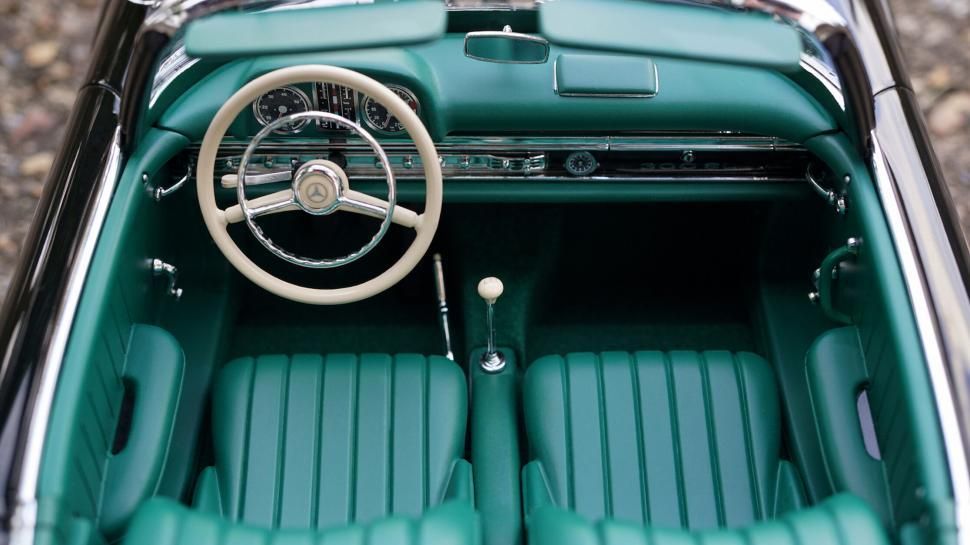
2. **Bench Seats**Remember the days when a car’s front row felt like a mobile living room? The bench seat, a wide, sofa-like affair, was once the epitome of American automotive design, especially from the 1930s through the 1990s. It wasn’t just about seating; it was about fostering a communal riding experience, allowing you to pack three across upfront, perfect for impromptu road trips, drive-in movies, or simply fitting the entire family into one vehicle.
But alas, the cozy charm of the bench seat couldn’t withstand the relentless march of progress, particularly in the realm of safety. As crash regulations tightened and our understanding of occupant protection deepened, individual bucket seats with proper seatbelts simply made more sense. The center seat, typically equipped with only a lap belt, offered inadequate protection in a collision, and the entire bench provided zero lateral support during cornering, a critical oversight as vehicle dynamics improved.
By the 1990s, the bench seat in front was practically extinct in passenger cars, symbolizing the definitive end of an American automotive era defined by spaciousness and communal travel. It was a casualty of evolving safety standards and a shift in consumer expectations, prioritizing individual comfort and protection over sheer capacity.
The last passenger cars offering front bench options quietly disappeared in the early 2000s, though a few hardy pickup trucks still carry the torch, perhaps as a nod to their utility-focused roots. The pervasive center console ultimately won the design battle, and with its victory, cars lost a certain spacious charm forever. As for that third front passenger who once squeezed in? Well, chances are they’re hailing an Uber now.
Read more about: Beyond the Hype: 13 Unbreakable Imports Engineered to Outlast Your Driving Dreams, Mile After Relentless Mile
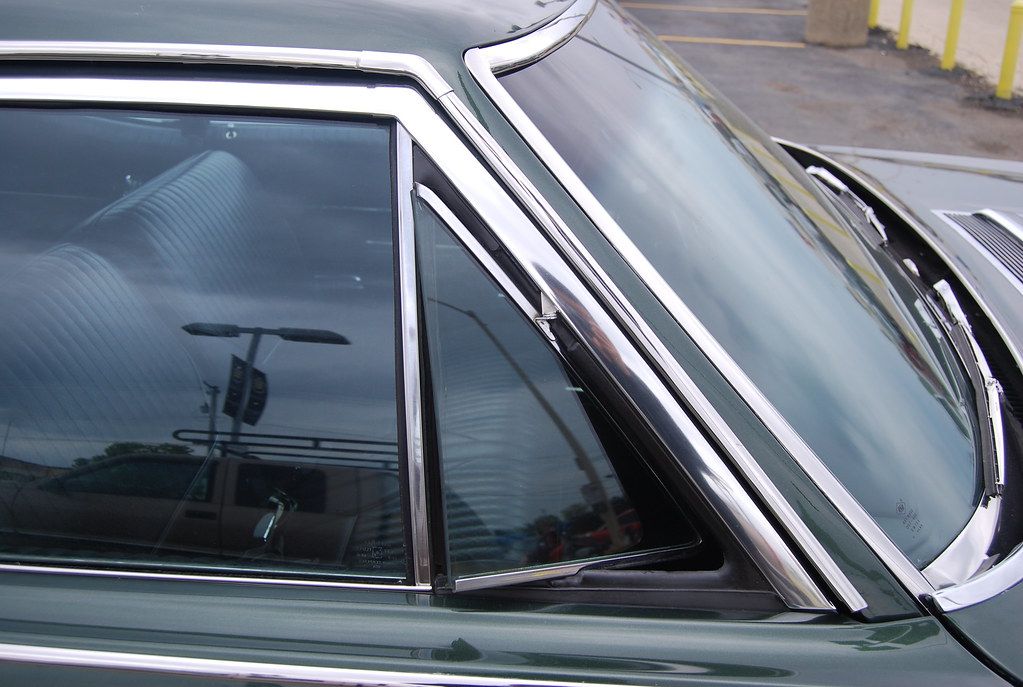
3. **Vent Windows**Cast your mind back to a time before sophisticated climate control systems could freeze meat in your car. Before air conditioning became a standard luxury, vehicles relied on remarkably clever airflow management, and the vent window was a shining example of this engineering brilliance in simplicity. Also known affectionately as “wing windows” or “butterfly windows,” these small triangular panes near the front windows were a common sight from the 1930s through the 1980s.
With just a quick push or twist, drivers could direct precise streams of fresh air exactly where needed. They offered the ingenious ability to pull in a refreshing breeze without unleashing the hair-destroying hurricane of fully open main windows. Crucially, they worked beautifully in the rain, providing ventilation when main windows couldn’t be lowered, and often created less wind noise, making for a more pleasant journey.
These genius little windows began their slow disappearance by the late 80s, a direct consequence of two major shifts: the widespread adoption of air conditioning as standard equipment, and a renewed focus on automotive aerodynamics and theft prevention. Unfortunately, their very design made them prime entry points for resourceful thieves armed with coat hangers, a practical vulnerability that sealed their fate.
While vans and trucks held onto them as last holdouts into the early 2000s, modern cars, for all their climate-controlled comfort, have undeniably lost something. They may be more hermetically sealed and technologically advanced, but they simply cannot replicate that perfect, targeted face-cooling breeze that only a well-adjusted vent window could deliver on a warm, sunny day. It’s a small detail, but one that truly speaks volumes about the ingenuity of earlier designs.
Read more about: Seriously, Where Did They Go? 15 Wildly Nostalgic Car Accessories That Vanished Into Thin Air

4. **Ashtrays and Cigarette Lighters**Can you believe there was a time when virtually every car interior seemed meticulously designed for a three-pack-a-day habit? Ashtrays were seamlessly built into doors, dashboards, and even seatbacks, always at the ready to catch the day’s ashes. These ubiquitous features were standard equipment from the 1920s through the 1990s, serving as a stark reflection of an era when smoking while driving wasn’t merely accepted, but openly expected, an integral part of the driving ritual.
The health revolution, a profound societal shift, ultimately delivered the final blow to the automotive ashtray. As smoking rates plummeted across the globe and increasingly stringent laws banned smoking with children in cars, these once-essential car gadgets quite literally lost their purpose. But the trusty lighter socket didn’t disappear entirely; it cleverly evolved into something far more useful for the modern era: the 12V power outlet that now charges our ever-present devices.
Beyond their primary function, integrated ashtrays were once considered to improve interior aesthetics, providing a neat receptacle for cigarette waste while simultaneously reducing the fire risk associated with improperly discarded butts. They were a design solution for a pervasive social habit. However, by the 2000s, ashtrays were almost entirely gone, and the cigarette lighter itself became an optional extra, which most buyers, recognizing its obsolescence, wisely skipped.
It’s a truly fascinating transition when you think about it. Modern cars, brimming with connectivity, now boast an astonishing 73% more USB ports than their predecessors ever had ashtrays. This dramatic shift from accommodating smoking to prioritizing digital connectivity perfectly illustrates how our collective priorities and daily habits have profoundly reshaped the very design and utility of our car interiors.
Read more about: Seriously, Where Did They Go? 15 Wildly Nostalgic Car Accessories That Vanished Into Thin Air

5. **In-Car Record Players**Prepare for a truly wild ride through automotive history! Only one in a thousand cars ever featured one, yet the short-lived in-car record player represents one of the most audacious attempts to bring home entertainment directly into automobiles. Chrysler’s groundbreaking “Highway Hi-Fi,” introduced from 1956 to 1961, perfectly epitomizes peak automotive optimism – a feature that, while visionary, ultimately proved that not every innovation can survive the harsh realities of actual, everyday use on the road.
Physics, the undeniable master of reality, delivered a swift and decisive blow to this ambitious idea. Despite Chrysler’s ingenious anti-skip mechanisms, every single bump, every pothole, and every sudden turn sent needles mercilessly skipping across precious vinyl records. The records themselves were inherently bulky, fragile, and utterly unsuited for the dynamic, often jarring, environment of an automobile. To add to the complexity, the systems often required special-format records, severely limiting the selection of music available to drivers.
Unsurprisingly, Chrysler’s “Highway Hi-Fi” system sold poorly, plagued by its high costs and persistent reliability problems. Meanwhile, the RCA Victor auto victrola, another contender, barely made a dent in the market as a niche aftermarket option. The swift rise of 8-tracks and cassettes quickly rendered these players obsolete, and compact discs, with their superior sound quality and durability, definitively finished the job by the 1980s, sealing the record player’s fate.
Today, streaming music requires nothing more than a simple tap on a screen, a convenience that makes the idea of a trunk full of fragile vinyl almost comical. Yet, for dedicated collectors and automotive historians, those willing to embark on a quest to hunt down a working Highway Hi-Fi system will gladly pay upwards of $2,000. It stands as a fascinating, albeit expensive, relic of an era when automakers dreamed big, even if those dreams sometimes collided with practical limitations.
Read more about: The Unexpected Revival: Why Gen Z is Shifting Gears Back to Manual Transmissions

6. **Landau Bars**Have you ever spotted those mysterious S-shaped chrome pieces, subtly adorning the vinyl roofs of vintage luxury cars, and wondered about their purpose? These intriguing elements, known as Landau bars, were a direct and charming nod to the horse-drawn carriages of yesteryear, where similar structural supports once held up actual folding tops. Popular from the 1960s through the 1980s, these chrome-plated accents were, in their automotive application, purely decorative, serving absolutely no function beyond visual differentiation and a dash of perceived elegance.
By the 1970s, Landau bars had fully embraced their role as pure automotive fashion statements, offering zero practical function. They were often slapped onto vinyl-roofed sedans in an attempt to fake an air of bespoke luxury, a vestigial piece of carriage design that somehow managed to survive into the 1980s. These accents could even be customized with different finishes, further adding to their perceived elegance and helping to differentiate models within a manufacturer’s lineup, a subtle marketing touch.
Unfortunately, their stylistic flourish came with a practical downside. Landau bars sometimes trapped moisture underneath, a notorious problem that often led to dreaded rust problems on the vehicle’s roof – the bane of many classic car owners. Eventually, the shift towards cleaner, more aerodynamic design aesthetics in the 1990s sounded their death knell, as designers moved away from ornate, non-functional embellishments.
It’s truly telling that less than 2% of modern luxury cars incorporate any carriage-inspired design elements today. This dramatic shift vividly illustrates how completely automotive styling has divorced itself from its horse-drawn ancestry, opting instead for sleek lines and functional design over purely decorative historical nods. The Landau bar, then, serves as a whimsical reminder of a time when cars still clung to echoes of their distant past.
Read more about: Sweet Sixteen Rides: Unveiling the Most Extravagant Cars Gifted to Celebrity Kids
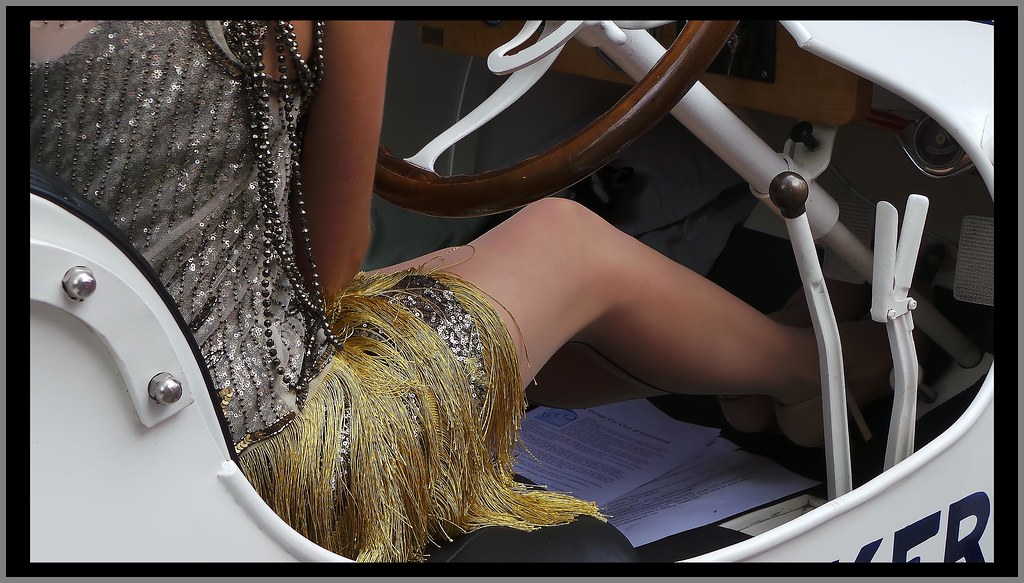
7. **Column Mounted Shifters**Before the rise of floor-mounted gearsticks and sleek console designs, the steering column shifter was a veritable hero of interior space. These practical controls, which notably included the manual “three on the tree” option, freed up valuable floor space. This liberation allowed for the incredibly roomy bench seats and contributed to the spacious interiors that were a defining characteristic of American cars from the 1930s through the 1980s. They simplified interior manufacturing while simultaneously maximizing passenger capacity, a win-win for both automakers and large families.
However, these undeniably practical shifters began their slow march towards obscurity as individual bucket seats and expansive center consoles progressively took over car interiors. While they offered undeniable benefits in terms of space, they also had legitimate drawbacks. These included limited space for additional gear positions, a potential for accidental shifts, and a less precise, often somewhat vague feel compared to their floor-mounted counterparts. Floor shifters, by contrast, simply felt sportier, and as bucket seats became the norm, the need for a three-across front seat became increasingly irrelevant.
The column shifter started its rapid decline in the 1980s, a testament to evolving consumer preferences and technological advancements. Today, modern electronic shifters and sophisticated paddle setups have pushed them to near extinction in passenger vehicles, relegating them almost exclusively to trucks and some commercial vehicles, where their space-saving advantages still hold practical value. It’s a classic example of a feature’s purpose defining its longevity in specific niches.
Yet, it’s worth noting that in certain scenarios, the uncluttered floor space provided by column shifters still makes a great deal of sense. When parking between tight spots, for instance, or navigating crowded drive-throughs, the absence of a bulky console can be surprisingly advantageous. This explains their continued, if limited, presence in commercial vehicles and trucks, proving that even a vanished feature can retain its utility in the right context, a quiet nod to its enduring practicality.
Our journey through the automotive graveyard isn’t over yet! Just when you thought we’d unearthed all the curious contraptions and design choices that once graced our roads, there’s a whole new batch of forgotten gadgets waiting to be rediscovered. As innovation pressed forward, and our priorities as drivers, passengers, and even pedestrians evolved, many more once-common car features simply couldn’t keep up. Get ready to explore seven more intriguing relics that illustrate how dramatically car design has been reshaped by ever-changing technology, safety standards, and even fickle fashion.
Read more about: The Enduring Mystery Solved: What ‘442’ Truly Means on Oldsmobile’s Legendary Muscle Car

8. **Trunk Mounted Luggage Racks**In the family vacation era of the 1950s through 1980s, chrome trunk racks transformed ordinary sedans into legitimate long-distance cruisers. These impressive metal accessories, often gleaming with chrome or painted to match the vehicle body, were indispensable. They expanded cargo capacity precisely when interior space reached its absolute limits, allowing families to haul enough luggage for weeks on the road without a second thought.
However, the golden age of these external racks eventually came to a close, primarily due to two major factors: the advent of larger trunks and burgeoning security concerns. Luggage left exposed on these racks proved far too tempting for opportunistic thieves, a vulnerability that modern drivers wouldn’t tolerate. Consequently, more secure roof racks and fully enclosed carriers quickly emerged as superior alternatives, offering peace of mind along with added capacity.
Furthermore, these racks weren’t without their functional drawbacks. They noticeably reduced a vehicle’s aerodynamics, which in turn hurt fuel efficiency—a growing concern as fuel prices began to fluctuate. There was also the constant risk of damaging the car’s paintwork, especially when luggage was improperly loaded or secured, adding an unwelcome layer of stress to any road trip.
By the late 1990s, external trunk racks had largely become quaint relics of a bygone era, though you can still find aftermarket options for enthusiasts restoring specific models. Today, with the widespread popularity of crossovers and SUVs, modern cargo challenges are easily met with cavernous, enclosed spaces. Yet, the exposed trunk rack remains a charming symbol of mid-century automotive optimism, a time when the adventure of travel itself was proudly on display for all to see.
Read more about: Buyer Beware: Navigating the Complexities of Convertible Tops – 12 Critical Issues That Could Ruin Your Summer Drive

9. **Car Phones**Imagine a time when being reachable on the go was a luxury few could afford, and fewer still could practically use! Over 80% of executives who owned car phones in the 1980s considered them utterly essential business tools, despite their astronomical costs and frustratingly limited coverage areas. These hardwired communication devices, popular from the late 1970s through the 1990s, were far more than mere accessories; they were undeniable status symbols, broadcasting to the world that you were too important to ever be out of touch, even while navigating the morning commute.
But the relentless march of mobile technology rapidly outpaced these early communication behemoths. Those massive, expensive devices simply couldn’t compete with the revolution sparked by personal cell phones, which quickly shrunk to pocket size. Early car phones relied on rudimentary analog cellular networks, often demanded professional installation, and typically commanded a fortune both for the unit itself and for the airtime used, making them a truly elite indulgence.
Interestingly, some of these early systems did offer a glimpse of the future by integrating with the vehicle’s audio system, cleverly muting music during incoming calls—an innovation we now take for granted in every modern vehicle. By the early 2000s, the combination of widespread personal mobile phone adoption and seamless Bluetooth integration had rendered permanent car phones utterly obsolete. Drivers today, seeking true connectivity, rely on Bluetooth systems that promise clearer calls, significantly fewer distractions, and thankfully, no hefty subscription fees. These undeniable advantages make those pioneering car phones seem, in retrospect, like wonderfully prehistoric communication tools.
Read more about: Seriously, Where Did They Go? 15 Wildly Nostalgic Car Accessories That Vanished Into Thin Air
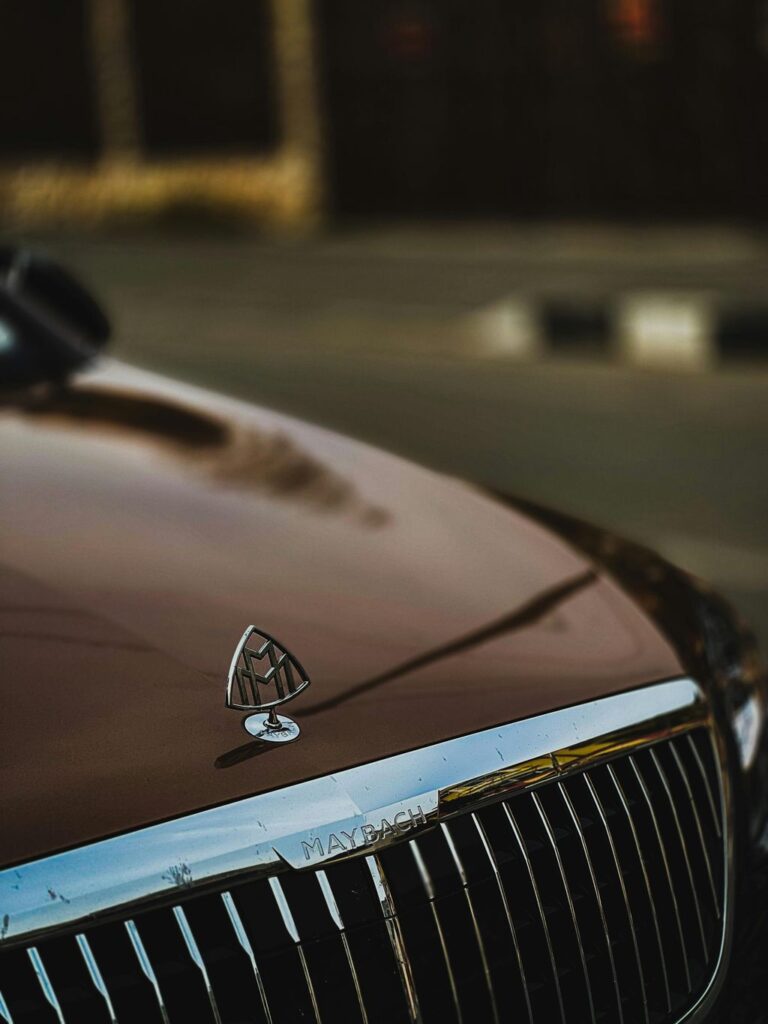
10. **Hood Ornaments**Unlike the sleek, flush badges that subtly announce a car’s identity today, carefully designed to minimize pedestrian injuries, classic hood ornaments were once magnificent three-dimensional sculptures. Proudly proclaiming a car’s brand, they doubled as exquisite rolling artwork. Popular since the early 1900s, these distinctive emblems served as both immediate brand identifiers and unequivocal status symbols, ranging from simple, elegant logos to elaborate, iconic sculptures like Rolls-Royce’s revered Spirit of Ecstasy or Mercedes-Benz’s instantly recognizable three-pointed star.
However, a confluence of practical factors conspired against these once-iconic sculptures, ultimately sealing their fate. Evolving safety regulations, particularly those concerning pedestrian protection, combined with increasing aerodynamic concerns, spelled doom for these distinctive decorations. The quest for better fuel economy and stricter safety standards made any protruding ornament increasingly impractical and, in some cases, a liability. This shift reflected a growing emphasis on utilitarian design over purely ornamental flourishes.
By the dawn of the 21st century, only a select few ultra-luxury brands staunchly held onto their stand-up hood ornaments, often with retractable mechanisms to enhance safety and deter theft. The next time you spot a modern Rolls-Royce or Mercedes with one of these elegant, standing emblems, you’re witnessing one of the last surviving, tangible connections to an earlier era of automotive design—a time that was undoubtedly more expressive, less regulated, and gloriously sculptural. It’s a small, gleaming reminder of a grander, more ornate past.
Read more about: Beyond the Blender: 14 Obsolete Kitchen Tools Younger Cooks Won’t Believe Once Ruled the Roost
11. **Pop-Up Headlights**Ah, the theatrical flair of pop-up headlights! These mechanical eyelids would majestically wink at oncoming traffic, instantly transforming sports cars from sleek, low-slung daylight missiles into wide-eyed night cruisers with the satisfying flick of a switch. These hideaway lights were the undisputed kings of automotive style from the 1960s through the 1990s, primarily allowing for incredibly sleek, aerodynamic front ends that prioritized visual drama without compromising essential illumination when darkness fell. They were the epitome of cool for a generation of car enthusiasts.
But, as is often the case with groundbreaking design, engineering reality eventually caught up with this stylistic dream, revealing some undeniable flaws. Despite looking undeniably cool, these mechanical marvels had several fatal weaknesses. They added significant complexity to the car’s electrical and mechanical systems, making them prone to frequent breakdowns. More critically, they struggled to meet evolving pedestrian safety standards, as their rigid, protruding nature posed a greater injury risk in the event of a collision.
Furthermore, advanced aerodynamic research, conducted as automotive technology matured, eventually revealed that pop-up headlights didn’t significantly improve airflow as much as designers had initially believed, debunking a key justification for their existence. Ultimately, the rapid advancements in lighting technology, particularly with more compact and efficient fixed headlamp designs, finally delivered the coup de grâce by the early 2000s. While modern adaptive LED arrays undoubtedly outperform those charming pop-ups in every measurable way, they will never quite capture the sheer theatrical personality that made night driving an event, a moment of mechanical magic, and a defining characteristic of an era.
Read more about: Kings of the Asphalt: Reliving the Glory Days of 1980s Sports Cars and Supercars That Defined a Generation
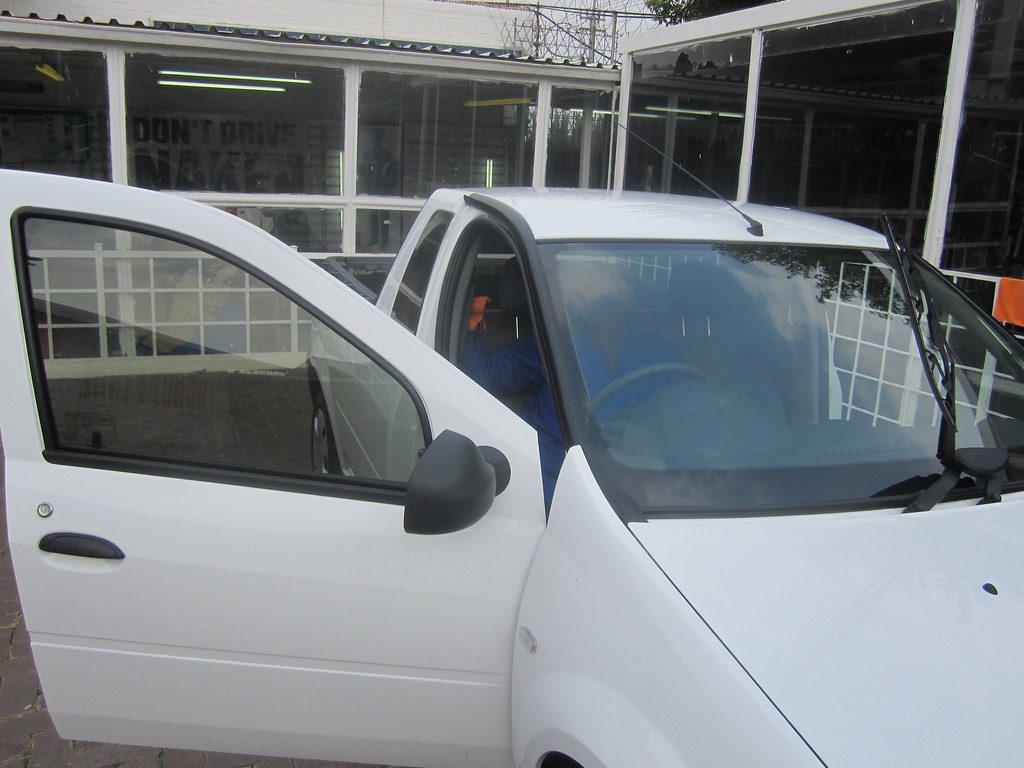
12. **Manual Windup Windows**If you’ve never experienced the very specific forearm workout required to roll down all four windows at a summer stoplight, then you’ve truly missed out on a particular, simple mechanical satisfaction that power windows, for all their convenience, quietly eliminated from the driving experience. These wonderfully hand-cranked systems offered a remarkable, bulletproof reliability with minimal maintenance. Their straightforward mechanism could last decades without a single failure, a testament to robust, no-frills engineering.
However, the inexorable march of cost-efficiency and sheer convenience completely transformed this landscape. Power windows decisively won this battle, largely by making what was once considered a luxury feature incredibly affordable for the masses. Initially expensive options found only on premium cars, electric windows became so inexpensive to produce that they were soon included as standard equipment even in the most budget-friendly vehicles, democratizing comfort for all drivers.
Today, the humble manual window survives only in the most basic commercial vehicles, where absolute cost and unyielding durability are still paramount. A staggering statistic reveals the extent of their disappearance: over 99% of new vehicles sold today feature power windows as standard equipment. This dramatic shift firmly relegates the hand-crank window to the status of a nearly extinct species within the bustling automotive ecosystem, a fascinating example of how a once-universal feature can vanish almost entirely, leaving behind only nostalgic memories for a generation of drivers.
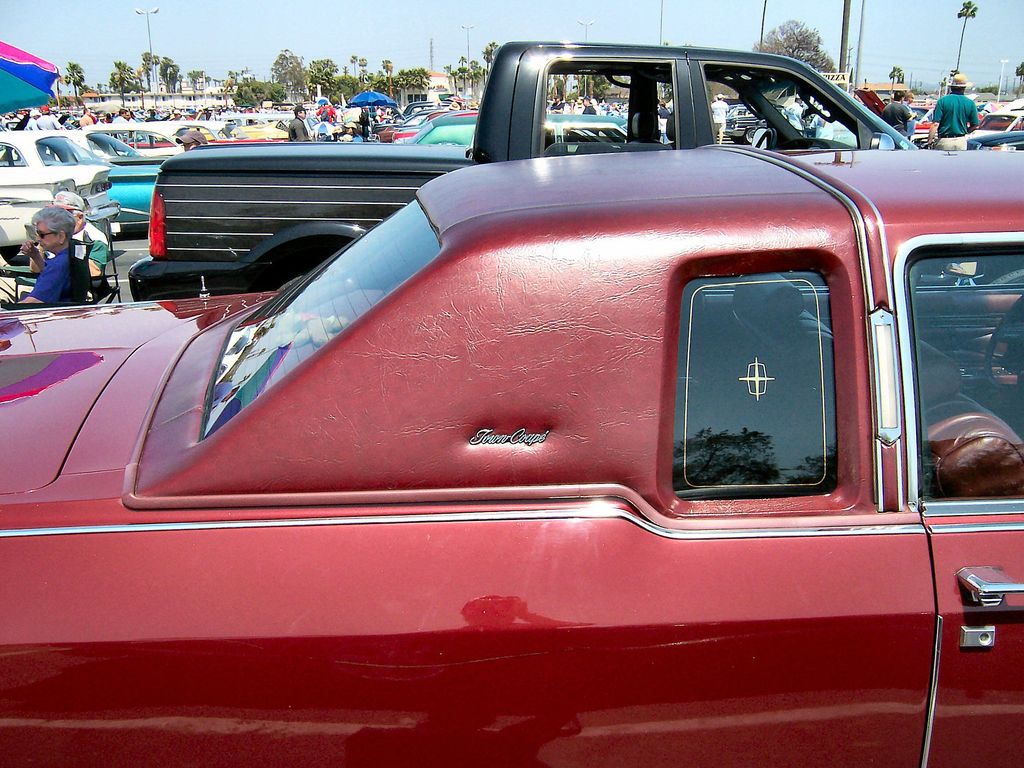
13. **Vinyl Roofs**During the flamboyant 1970s, nearly 60% of American luxury cars proudly sported vinyl roof coverings. This created a distinctive, often two-tone look that confidently signaled upscale aspirations, despite the inconvenient truth that these stylish coverings often concealed potential rust traps beneath. These “fake convertible tops” became immensely popular throughout the 1960s and 1970s, available in a delightful array of colors and textures, and frequently padded to enhance their perceived luxurious appearance.
Yet, as time inevitably passed, the practical failures of this purely stylistic choice became painfully apparent. These faux convertible tops quickly became fashion victims when mainstream car design inexorably shifted towards sleeker, more aerodynamic, and functionally driven shapes. The vinyl itself aged notoriously poorly, prone to unsightly cracking under the relentless sun and, more damagingly, trapping moisture—a notorious culprit for the dreaded “cancer” of rust that prematurely claimed many an otherwise solid classic car.
By the 1990s, vinyl roofs had largely vanished from most new models, though a few tenacious holdouts managed to persist into the early 2000s, often clinging to specific trim levels or niche vehicles. For owners undertaking the restoration of classic cars that originally featured vinyl tops, a complex and often expensive dilemma frequently arises: should they aim for authentic recreation, embracing the historical accuracy, or opt for practical elimination, safeguarding the vehicle’s long-term integrity? This challenging decision stems directly from a design choice that, in retrospect, prioritized style over true substance and long-term durability.
Read more about: Buyer Beware: Navigating the Complexities of Convertible Tops – 12 Critical Issues That Could Ruin Your Summer Drive

14. **White Wall Tires**For decades, white sidewalls weren’t just tires; they were bona fide fashion statements. These striking accents transformed ordinary rubber into a powerful visual element, providing a bold contrast that perfectly complemented chrome trim. From the 1930s all the way through the 1970s, they had the remarkable ability to make even the most budget-conscious cars look instantly more elegant and sophisticated. These distinctive accents utterly dominated the automotive landscape, gracing everything from opulent luxury flagships to humble, everyday family sedans.
However, the dual forces of evolving fashion trends and increasing practicality eventually aligned against this classically elegant look, ushering in its decline. Maintaining that pristine white required constant, diligent scrubbing to prevent the sidewalls from yellowing or becoming stained by road grime—a chore few modern drivers would tolerate. Furthermore, as automotive design began to embrace sportier, more aggressive aesthetics, the classic white band (which itself varied significantly in width, from a generous 3-4 inches in earlier years to a more subtle 1 inch in later iterations) appeared increasingly dated and out of step with contemporary tastes.
By the 1980s, white wall tires had become a rare sight on new cars, largely relegated to the realm of aftermarket options for dedicated classic car restorations. Yet, when beautifully restored classic cars proudly roll through summer car shows today, their gleaming white walls instantly transport viewers back to a glamorous era. It was a time when tires themselves were considered an integral part of a car’s overall aesthetic and a genuine fashion accessory, rather than just purely functional, black rubber components. They are a vivid reminder of how even the most utilitarian parts of a vehicle can be imbued with style and personality.
Read more about: When Luxury Goes Wrong: Eight High-End Cars Undermined by Critical Flaws
So there you have it, a captivating cruise through the curious corners of automotive history! From the tactile mechanics of carburetors to the stylish, yet ultimately impractical, allure of pop-up headlights, each vanished gadget tells a fascinating story. They highlight not just technological progress, but also the ever-changing priorities of drivers and the relentless evolution of design. While some of these features might elicit a chuckle, and others a pang of nostalgia for a simpler time, they all played a crucial role in shaping the vehicles we confidently drive today. Who knows what features we cherish now will become tomorrow’s quirky relics? One thing’s for sure: the automotive world never stops innovating, and that’s a journey we’re always thrilled to be on!


